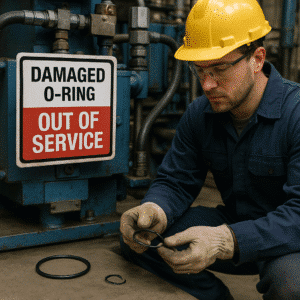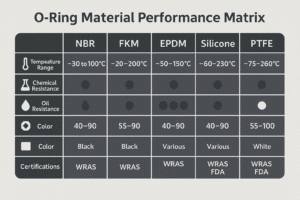A leaking hub seal can sideline a semi truck fast. For fleet operators and mechanics, overlooking this critical part leads to serious mechanical failure—and compliance issues.
A truck hub seal keeps lubricant in and contaminants out of the wheel-end assembly. It’s small, but it protects your bearings, brakes, and your business.
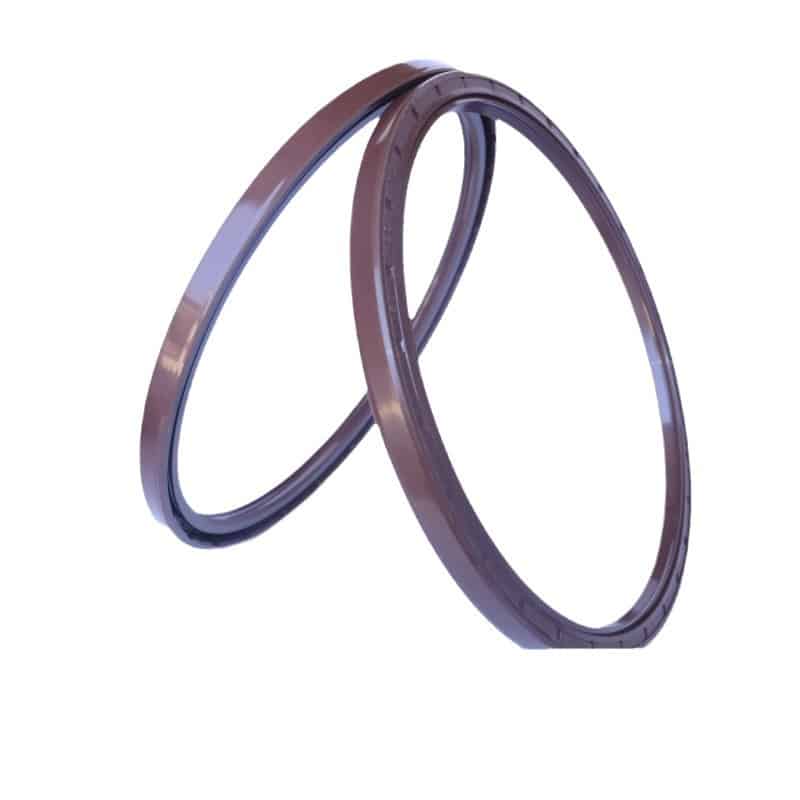
If you manage commercial vehicles or maintain heavy-duty trucks, understanding hub seals is essential. Let’s break down what they do, what can go wrong, and how to make the right maintenance decisions.
What is a hub seal on a truck?
A hub seal is a ring-shaped component installed between a truck’s axle shaft and wheel hub. Its job is to contain the oil or grease inside the hub and block out dust, water, and road grime.
A failing seal can compromise the entire wheel-end system. In fact, understanding the causes of rotary shaft seal failures helps clarify why proper hub sealing is so essential—not just for lubrication, but for the safety of your axles, bearings, and braking system.
For those planning replacements, this step-by-step guide on how to install an oil seal without leaks is a must-read before beginning any wheel-end work.
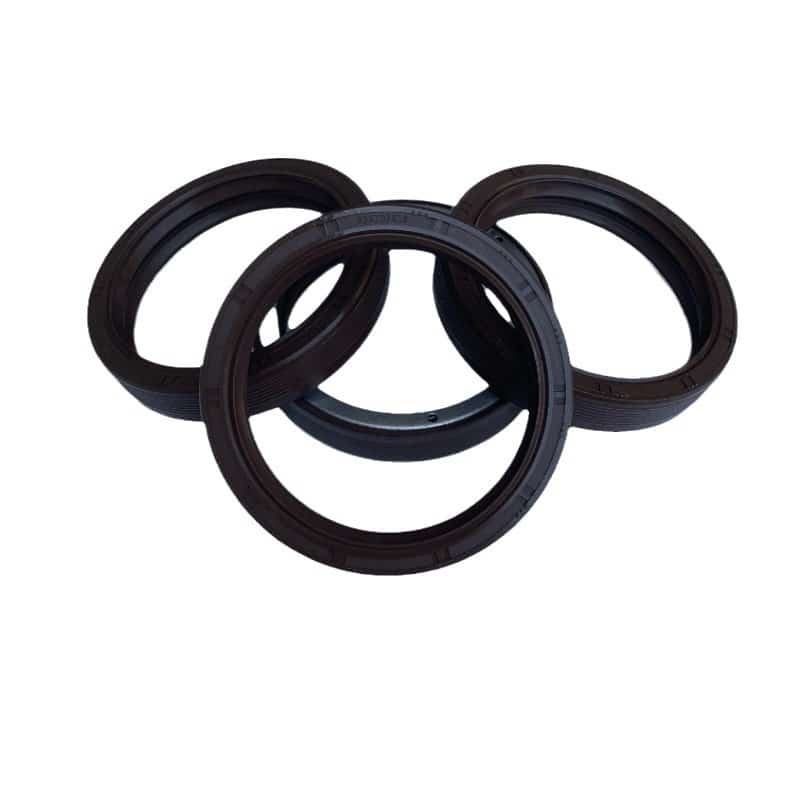
What does a hub seal actually do?
Hub seals protect the integrity of the wheel-end system by maintaining proper lubrication and preventing external contamination.
Key Functions of a Hub Seal
| Fonction | Description |
|---|---|
| Lubricant Retention | Keeps gear oil or grease inside the hub |
| Contaminant Protection | Shields bearings from water, dirt, and debris |
| System Efficiency | Reduces friction and heat buildup |
| Component Longevity | Prevents premature bearing and brake wear |
To learn more about how seals function, check out our foundational article:
Guide des joints d'étanchéité : 5 conseils pour un fonctionnement fiable (2025)
What uses hub seals?
Hub seals are found on nearly every wheel-end that uses bearings and lubrication. Applications include:
- Semi trucks and trailers
- Delivery trucks and fleet vehicles
- machines agricoles
- Équipement de construction
- Buses and coaches
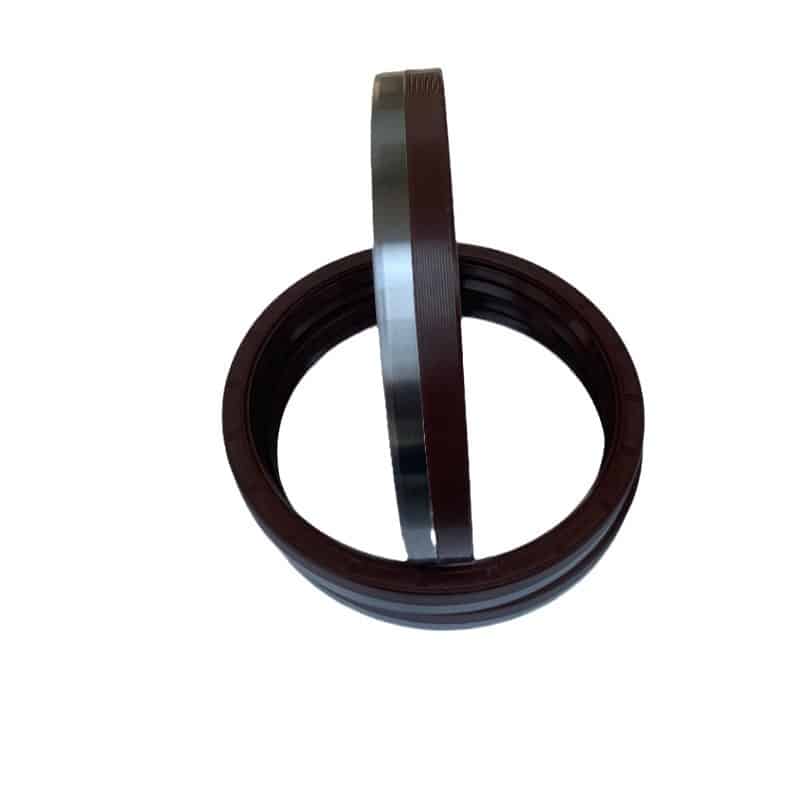
In commercial fleets, using high-quality hub seals like our Beiben Front Wheel Oil Seal 120×150×15 ensures long-term durability against shock, pressure, and temperature changes.
Can I drive with a leaking hub seal?
Driving with a leaking truck hub seal is dangerous. Oil leakage can lead to bearing failure, overheating, brake contamination, and even fire hazards.

Ignoring a leak compromises your safety and may also lead to DOT violations.
To understand the full risks and causes of seal failure, refer to:
Top 7 Causes of Seal Failure & How to Prevent Them (2025 Guide)
What is the difference between a hub seal and an axle seal?
Though both seals retain lubrication and prevent contamination, their placement and function differ:
| Taper | Emplacement | Primary Role |
|---|---|---|
| Hub Seal | Between wheel hub and axle shaft | Protects bearings and hub internals |
| Axle Seal | Between axle shaft and differential | Seals gear oil inside the differential |
Want to explore seal variations further? Read:
Oil Seals vs. Dust Seals – Which One Do You Need in 2025?
What happens if hub seal is leaking?
If your semi truck’s hub seal fails, the lubricant drains out. Bearings grind dry. Heat builds up. The hub can seize or the wheel can detach entirely.
Symptoms include:
- Visible oil or grease on the wheel interior
- Smoke or burning smell
- Grinding noises
- Overheating wheel hubs
We recommend immediate inspection and replacement with options like our
High-Quality Truck Hub Seal 12015015
And for a complete leak solution guide, visit:
Fuites de joint d'huile : causes, symptômes et comment les réparer ?
Conclusion
Hub seals protect your truck’s most critical rotating components. Neglecting them costs time, money, and safety. Maintain regularly—replace early.
Related topic
- Top 7 Causes of Seal Failure & How to Prevent Them
- How to Fix Oil Seal Leaks in Trucks
- Guide des joints d'étanchéité : 5 conseils pour un fonctionnement fiable (2025)
Let's protect your fleet’s uptime
Don't wait until a $20 seal becomes a $2,000 axle failure.
Talk to us today for quality-tested hub seals that perform under pressure.
- E-mail: [email protected]
- WhatsApp: +86 17622979498
We’ll help you choose the right seals—and get them fast.

